What is polynox in a washing machine?
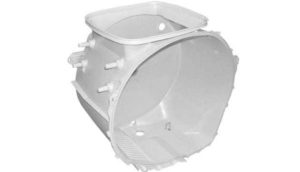 Washing machine sellers often mention the strange term “Polinox” when talking about the equipment they sell. Without much thought, it is clear that this is some kind of new material. But what parts of the washing machine are made from this material and how does this then affect its performance?
Washing machine sellers often mention the strange term “Polinox” when talking about the equipment they sell. Without much thought, it is clear that this is some kind of new material. But what parts of the washing machine are made from this material and how does this then affect its performance?
The negative immediately comes to mind, because everyone knows that modern automatic machines work much less than washing machines produced 10-15 years ago. Maybe it's all about this Polynox, let's figure it out.
What kind of material?
Polynox is nothing more than the commercial name of polypropylene, the characteristics of which are slightly modified due to special chemical additives. In the washing machine, this material is used to make tanks, and recently Polynox tanks have become very common. What is the reason?
- it's cheap;
- easy to process;
- parts made from it have good characteristics.
Polynox is not the only plastic from which the tanks of modern automatic washing machines are made. In particular, in washing machines from Electrolux, the tanks are made of Carboran - this is a slightly more durable and plastic material, but also costs almost 1.5 times more. In almost all washing machines from Kandy, you will find a tank made of Silitek. This is also plastic, which in its properties is almost indistinguishable from Polynox, so in terms of performance characteristics, both Polynox and Silitec are approximately the same.
For your information! It is easier and cheaper to make washing machine parts from plastic, which means that the manufacturer will be able to sell washing machines at a much lower price.
Plastic tanks
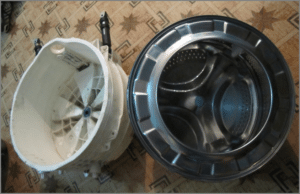 The motivation of a manufacturer seeking to reduce the cost of washing machines is understandable. The lower the cost, the lower the final cost of the product, which means the product becomes more attractive to the consumer and is purchased more often. But what kind of car will it be, in which such an important part as the tank is made of plastic? Will it be reliable and durable? To answer these questions, let’s look at the pros and cons of plastic tanks and, according to tradition, start with the pros.
The motivation of a manufacturer seeking to reduce the cost of washing machines is understandable. The lower the cost, the lower the final cost of the product, which means the product becomes more attractive to the consumer and is purchased more often. But what kind of car will it be, in which such an important part as the tank is made of plastic? Will it be reliable and durable? To answer these questions, let’s look at the pros and cons of plastic tanks and, according to tradition, start with the pros.
- The plastic vibrates less, which means the washing machine makes less noise during operation.
- A plastic tank has less heat transfer, which means the water heated in it for washing remains hot longer.
- Plastic is a lightweight material, which means a car with plastic parts will be lighter.
- Polynox does not rust or rot from moisture, in this sense its durability is beyond doubt.
- Polynox is much cheaper than metal, so if you buy a washing machine with a plastic tank, you immediately save up to 8% of its cost.
Plastic tanks have not only advantages, but also disadvantages. The main disadvantage is relatively lower resistance to mechanical damage. Washing machine repair specialists often find that plastic tubs crack from impacts. They are often damaged by users when repairing the washing machine themselves (they pierce them with a screwdriver or drop a concrete counterweight onto the tank). Washing machine tank repair can be quite expensive later.

Fortunately, manufacturers are constantly working on the formulas of the plastics they use in the production of washing machines, so the most modern washing machine already has a much more durable tank.
In 3-5 years, machines with plastic parts will not be inferior in durability to a washing machine with a stainless steel tank.
Metal tanks
 High-quality stainless steel is a traditional, long-proven material for a washing machine tank. Just look at the old Soviet-made semi-automatic washing machines, which are now lying around in almost every garage or shed. The car has not been working for a long time, but its stainless steel tank continues to live and, moreover, it looks like new. Durability is not the only advantage of a stainless steel tank.
High-quality stainless steel is a traditional, long-proven material for a washing machine tank. Just look at the old Soviet-made semi-automatic washing machines, which are now lying around in almost every garage or shed. The car has not been working for a long time, but its stainless steel tank continues to live and, moreover, it looks like new. Durability is not the only advantage of a stainless steel tank.
- Steel tanks are extremely durable and resistant to mechanical damage.
- Such tanks are not afraid of almost any aggressive chemicals and high temperatures.
- Due to dampness, mold and mildew do not form on them, and microbes also multiply less on them.
Metal tanks also have many disadvantages. The main disadvantage is the high cost and the higher quality the steel, the more expensive the tank. Metal tanks have significantly higher heat transfer, which means the water in them will cool faster and require more energy to heat it. Also the scourge of metal tanks is vibration. When the drum rotates quickly, the tank will also clang quite loudly, so you can’t dream of a quiet machine with a steel tank.
Note! A bra wire accidentally falling into the plastic tub of a washing machine may well pierce it; this will not happen with a stainless steel tank.
What is the conclusion? And the conclusion is that there is no need to be afraid of modern technologies. A plastic tank is far from the worst option; it has many more advantages than disadvantages, and the more time passes, the better the plastic parts become.After all, a stainless steel tank also has many disadvantages!
Interesting:
Reader comments
- Share your opinion - leave a comment
Categories
Washing machine repair


For buyers

For users

Dishwasher

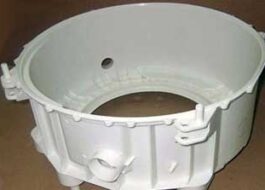

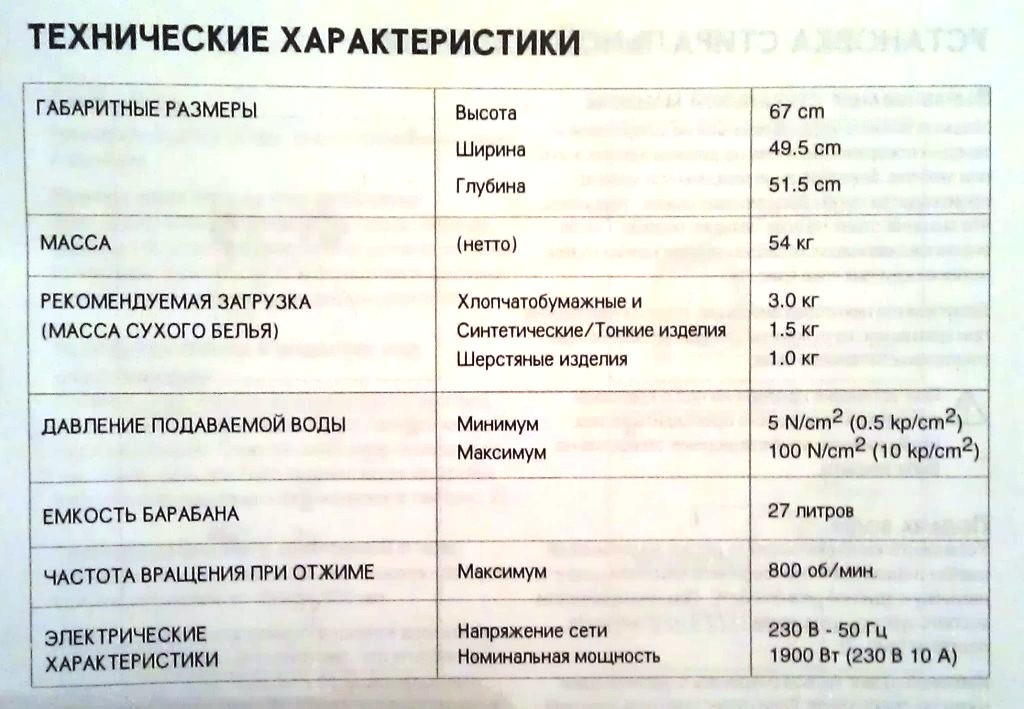


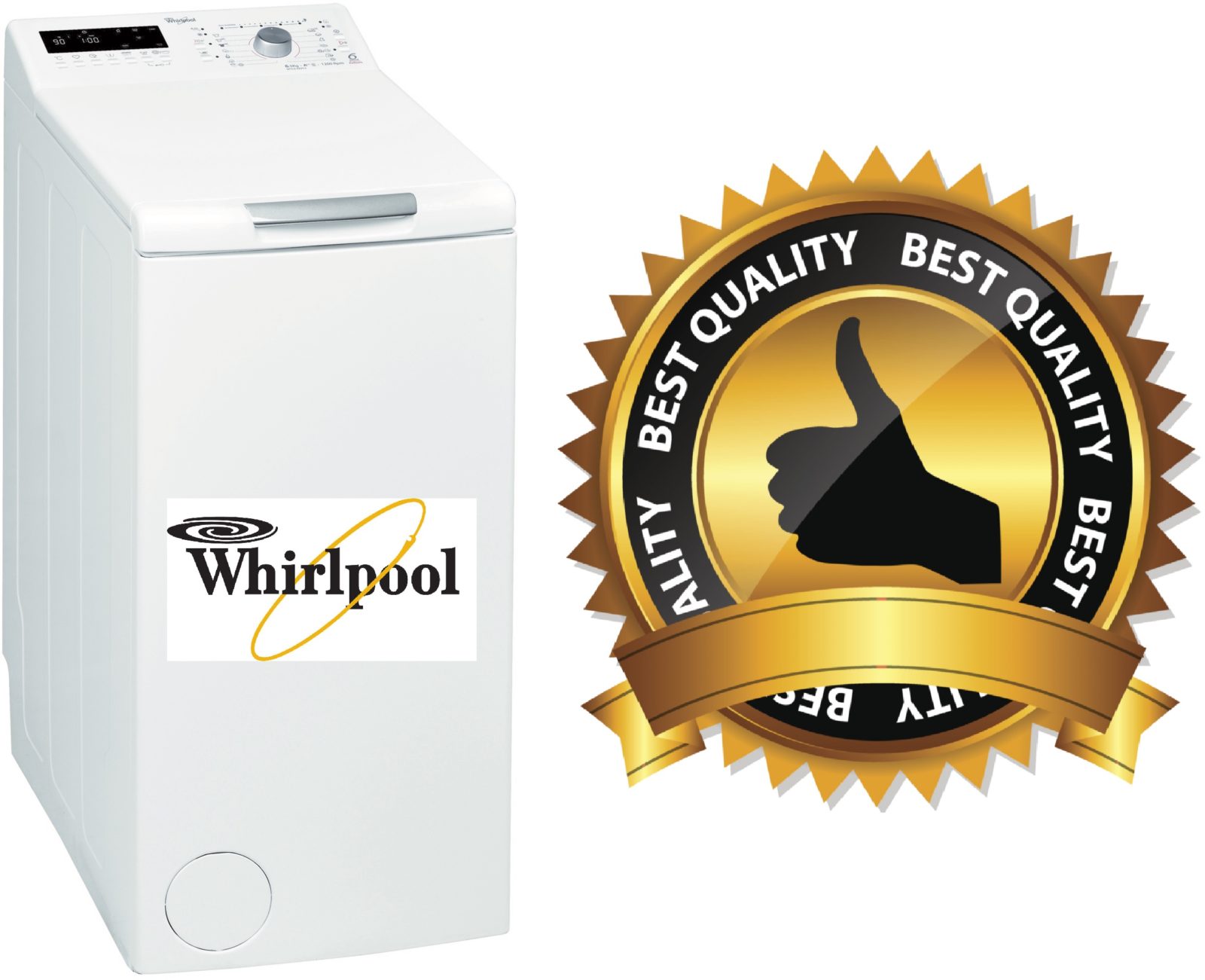










Add a comment